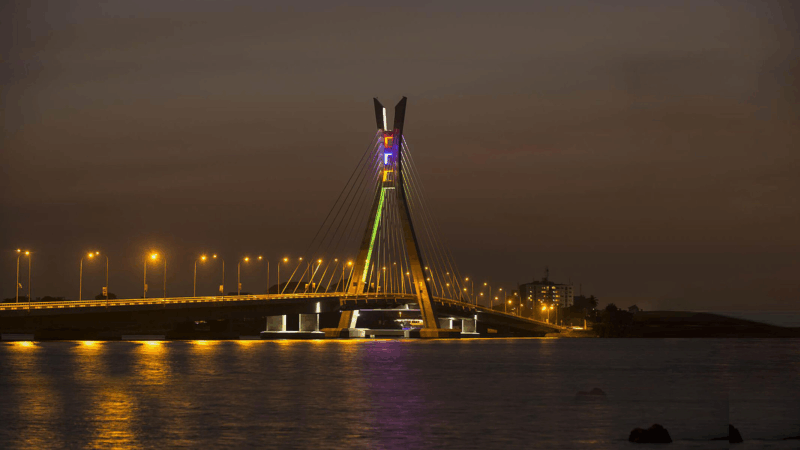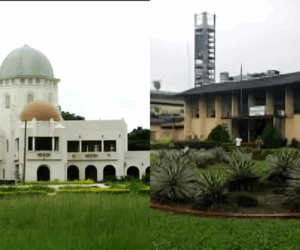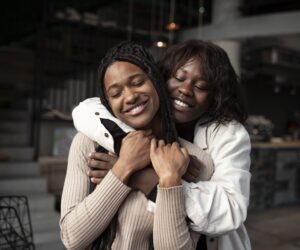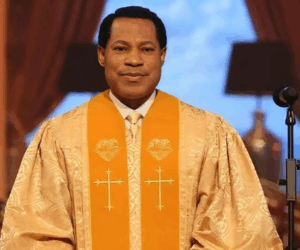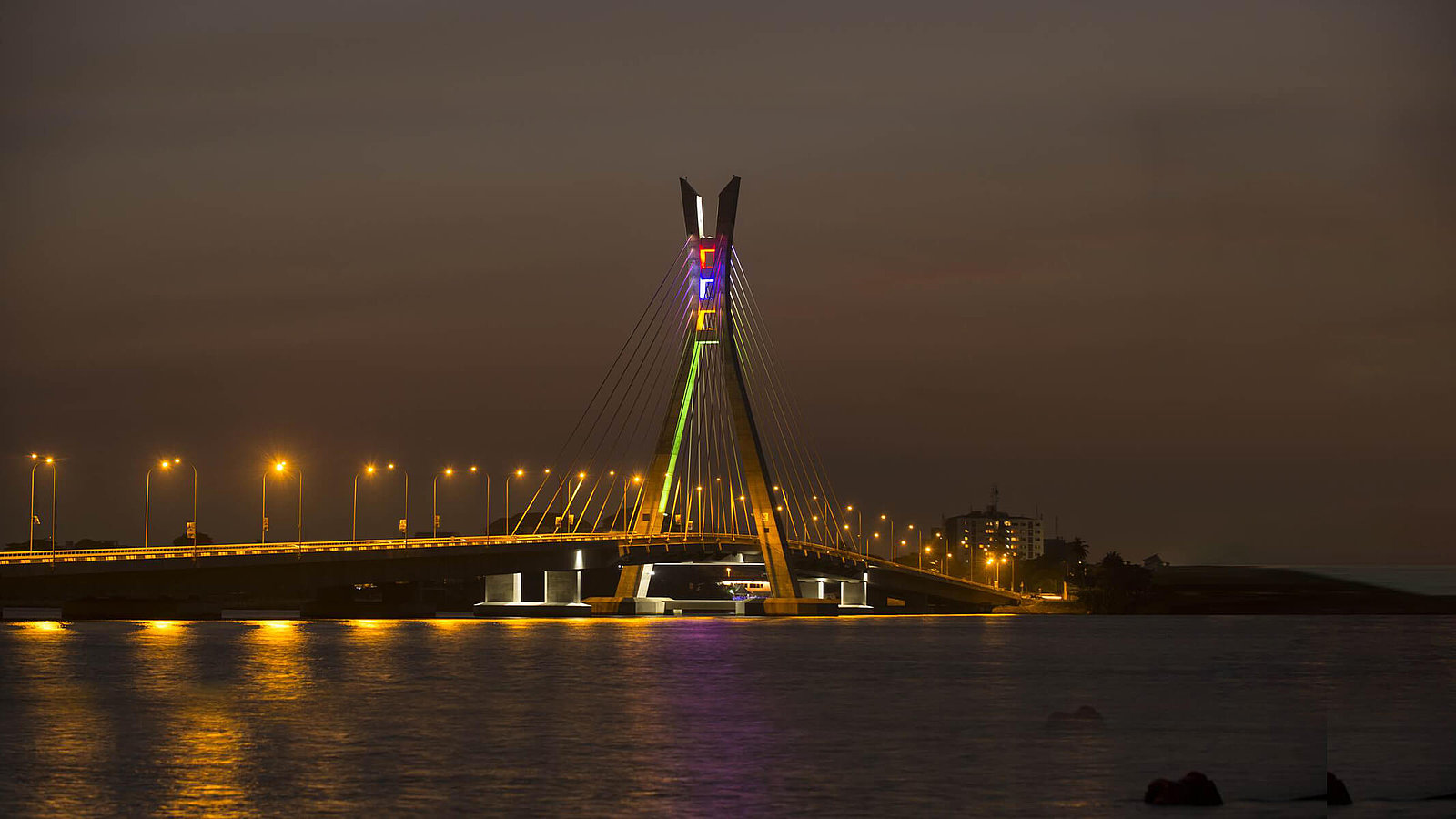
If Lagos were a person, it would be that friend who never slows down. The one you never have a dull time with, even if it means they stress you out almost every time. They are always hustling, picking up new passions, habits, and looks, and somehow still finding time to throw the best parties and have fun in every possible way. But it wasn’t always like this.
Back in 1861, when the British annexed Lagos, it was a small cosmopolitan port city, lit by electric street lamps before many European capitals. It was filled with government houses, trams, and European clubs.
Fast forward to 2025, and Lagos has transformed into a sprawling megacity of over 20 million people, renowned for its traffic jams, tech hubs, and Nollywood glamour, as well as Nigeria’s economic engine and Africa’s cultural hub.
But beyond the buzz, how much of colonial Lagos still lingers in modern Lagos? And what has truly changed? What’s better? And what stubbornly refuses to go away? Let’s take a walk through time.
READ ALSO: 5 Events Where Lagos Youth Are Celebrating Independence Day.
First of all, Introduction: How Did Lagos Come About?
Lagos, originally founded as Eko by the Awori Yoruba, was a small but mighty commercial kingdom. It was later influenced by Creole elites from Brazil and Sierra Leone, as well as European merchants.
The British came into the picture in 1851 when they intervened in an internal political dispute, establishing a protectorate in 1861.
Colonial Lagos: The City by the Marina
Back in the early 1900s, Lagos was the jewel of British West Africa.
Buildings & Architecture
The British invested in infrastructure, but primarily to serve their own economic interests. Lagos had electric streetlights as early as 1898, before many European cities. Residential quarters were mostly bungalows with wide verandas, built to cope with the tropical heat.
Railways connected Lagos to Ibadan, bridges facilitated commerce, and the port became the city’s beating heart. Colonial Lagos wasn’t perfect, but it was modern for its time.
People & Habits
Society was sharply divided. The colonial elite had access to exclusive clubs, while locals gathered around markets, open-air bars, and church events.
-
Transport & Movement
Transport & Movement
Trams once rattled down the streets, bicycles were the standard mode of transportation, and only the wealthy could afford early cars. Horses and hand-pulled carts carried goods across Balogun Market.
-
Economy & Markets
Economy & Markets
By the late 19th century, Lagos had shifted from the slave trade to commodities like palm oil, cocoa, and cotton.
In short, colonial Lagos was smaller, slower, but already buzzing with the spirit of commerce and music.
READ ALSO: From Hustle to Heartbreak: Nigerians Share Brutal Family Money Struggles.
-
Urban Planning: Bias and Segregation
Urban Planning: Bias and Segregation
Colonial Lagos was far from equal, and its urban planning was biased. Ikoyi became the European Reservation Area in 1928.
It was lush, green, and exclusive. Lagos Island remained the bustling commercial centre where Africans and Europeans mingled, but slum clearances began in the 1930s, pushing many into planned suburbs like Surulere.
The divide between “city of privilege” and “city of struggle” began here.
-
Demographics and Lifestyle: Who Lived in Colonial Lagos?
Demographics and Lifestyle: Who Lived in Colonial Lagos?
It wasn’t just the Awori Yoruba natives who occupied Lagos. It had the:
-
Creoles from Sierra Leone and formerly enslaved people from Brazil built iconic Brazilian-style houses, Catholic churches, and a unique cultural flavour.
-
Traders from across Nigeria brought languages, cultures, and spices.
-
Europeans who maintained colonial control but were also part of the social fabric.
Modern Lagos: From Colonial Outpost to African Megacity
Fast-forward to today, and Lagos is almost unrecognisable.
Political Identity after 1991
In 1991, Nigeria officially moved its capital to Abuja. Lagos, however, didn’t slow down. Today, it remains Nigeria’s commercial and cultural capital, arguably more influential than Abuja politically and economically.
Architecture & Skyline
The colonial-era Post Office still stands, but now it shares the skyline with glass towers in Victoria Island, estates in Lekki, and the ambitious Eko Atlantic project. Skyscrapers and gated communities have replaced the quiet colonial bungalows.
People & Lifestyle
Lagosians are now a blend of old and new. The city boasts tech bros, fashion icons, and street-smart hustlers in Oshodi. Instagram culture, luxury hangouts, and the pursuit of “soft life” define today’s social habits.
Transport & Movement
Today, Lagos moves on danfos, okadas, keke napeps, BRT buses, and ride-hailing apps like Bolt and Uber, all against the backdrop of notorious Lagos traffic. Trains resumed service with the launch of the Blue Line on September 4, 2023.
What Has Changed?
Let’s put it side by side:

